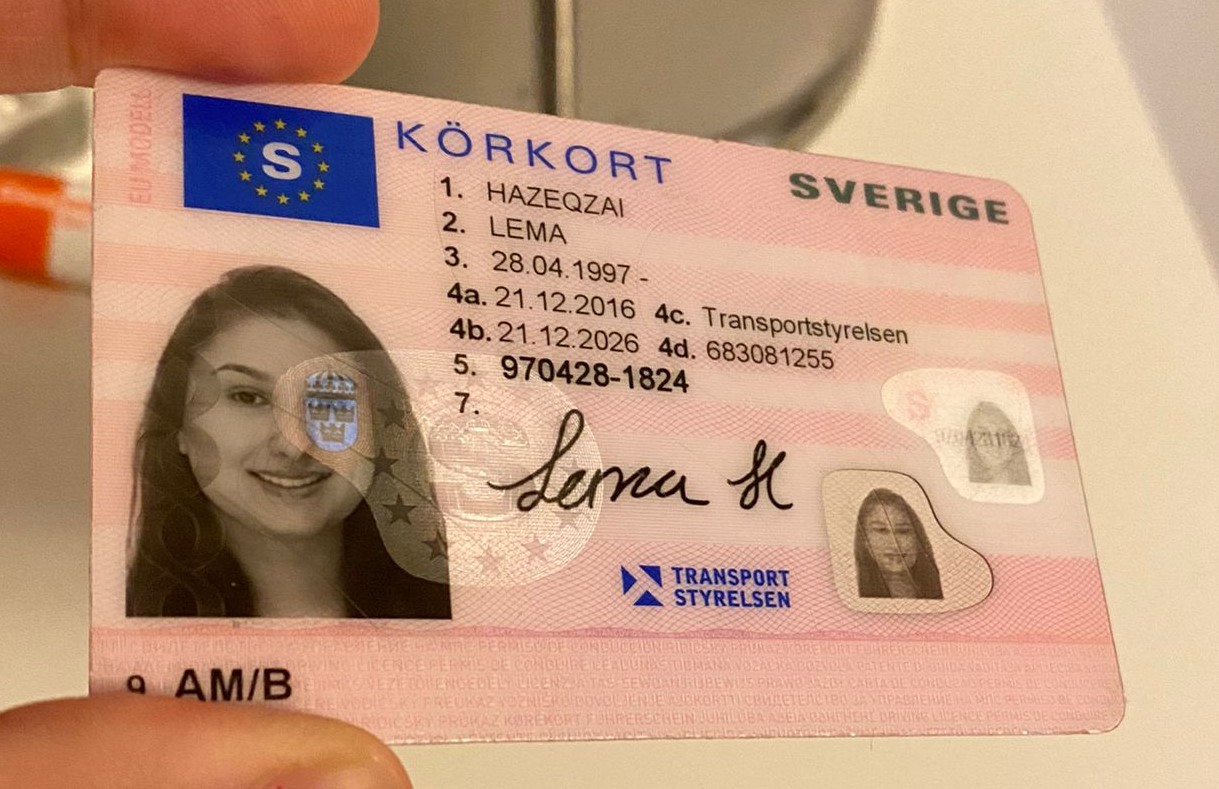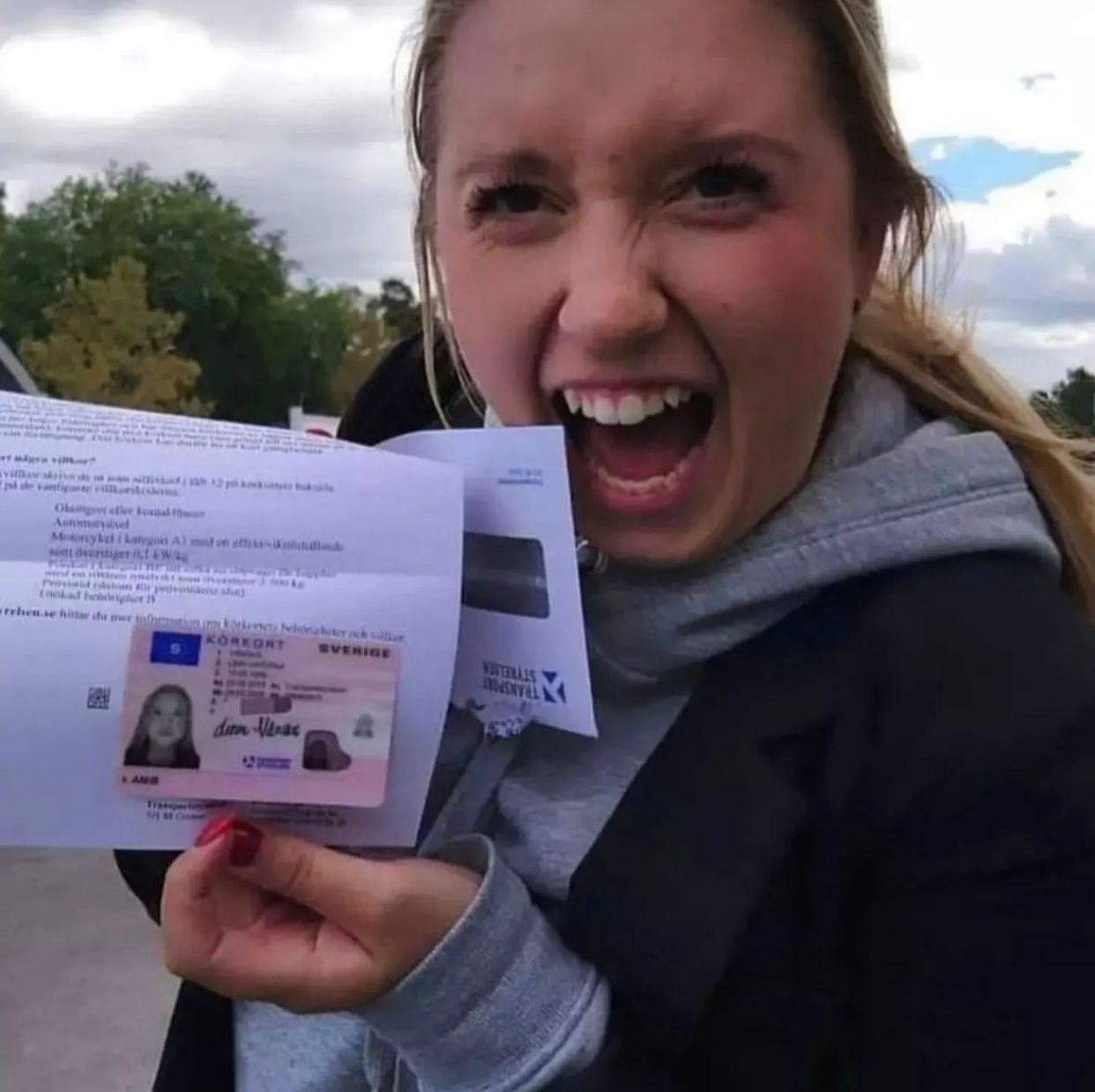10 Meetups On Driving License Id-Handling 2025 You Should Attend
페이지 정보
작성자 UJ 작성일25-08-13 02:00 (수정:25-08-13 02:00)관련링크
본문
The Future of Driving Licenses: ID Handling in 2025
As technology continues to develop at an unprecedented rate, numerous sectors are accepting developments to enhance user experience and efficiency. One of the areas experiencing significant transformation is identity management, particularly concerning driving licenses. With the intro of digital licenses and advanced recognition methods, the landscape of driving license ID handling is anticipated to go through significant changes by 2025. This article explores the awaited advancements in driving license ID handling, the implications for users, and responses frequently asked concerns about the future of driving licenses.
The Evolution of Driving Licenses
Driving licenses have actually traditionally served as a way of determining an individual's authority to operate a motor automobile. They also serve multiple secondary purposes, including age verification and identity verification for banking and travel. However, the physical card system has constraints, consisting of risks of counterfeiting, loss, and outdated details. As society gravely depends on effective and secure recognition systems, the shift toward digital licenses is becoming increasingly popular.
Current Trends in Driving License ID Handling
Digital Licenses: Many states are piloting digital driving licenses that permit users to save their qualifications on their mobile phones. These digital licenses are developed with innovative security features, consisting of biometric information, and can be scanned or shared securely.
Blockchain Technology: Some jurisdictions are checking out blockchain to boost the security and credibility of driving licenses. This technology makes sure that details can not be tampered with and that the data is quickly proven.
Facial Recognition: Increasingly used in recognition practices, facial acknowledgment innovation can speed up the process of verifying a person's identity versus their driving license. This innovation also helps in reducing fraud and maintain the integrity of the licensing systems.
Multi-Functional Licenses: Future driving licenses may incorporate additional functions such as health records, travel paperwork, and even payment systems, offering a comprehensive identity service.
The Benefits of Digital Driving Licenses by 2025
The shift toward digital driving licenses provides several advantages, including:
Convenience: Users can access their licenses anytime, köRkortet (elliottgelfond.top) which removes the requirement for physical cards. This is particularly beneficial when individuals forget their license, as digital copies can be obtained rapidly.
Security: Advanced security procedures can lower the threat of identity theft, scams, and unapproved duplication. Digital licenses often consist of file encryption and biometric verification.
Effectiveness: Reduced wait times at federal government offices and throughout traffic stops, as law enforcement can validate digital licenses quickly.
Implications for Users
While the improvements in driving license ID handling present numerous advantages, they also feature challenges. Users require to adapt to new technology and ensure they comprehend the modifications and their implications. Here are some considerations:
Privacy Concerns: With increased digital footprints, there will be heightened concerns over data privacy and how biometric data is saved and utilized.
Ease of access Issues: Individuals without access to smartphones or digital innovations may face barriers to acquiring and making use of digital licenses.
Regulative Compliance: With different jurisdictions adopting various systems and procedures, users should know their regional laws concerning digital licenses and identification.
Expected Changes in Driving License ID Handling by 2025
| Aspect | Present Status | Expected Change by 2025 |
|---|---|---|
| License Format | Physical cards | Mainly digital licenses |
| Verification Process | Manual checks | Automated biometric confirmation |
| Security Measures | Standard holograms and functions | Advanced encryption and blockchain |
| Jurisdictional Differences | Fragmented processes throughout states | More standardized nationwide systems |
| User Interaction | In-person renewals and checks | Mobile applications for management |
Frequently asked questions
1. What is a digital driving license?A digital driving license is an electronic variation of a conventional driving license that is saved on a mobile phone. It can be utilized for identification and confirmation in various scenarios, with boosted security features to avoid scams.
2. How will digital licenses boost security?Digital licenses use encryption and biometric information, making them harder to create or misuse compared to standard cards. In addition, blockchain technology can ensure information authenticity and integrity.
3. Will everyone be needed to change to a digital license?While lots of jurisdictions are moving towards digital licenses, regulations might vary. Users are motivated to talk to their local licensing authorities for specific guidelines.
4. What are the possible downsides of digital licenses?Some prospective downsides consist of personal privacy concerns regarding data storage, accessibility issues for individuals without smartphones or digital literacy, and the need for a robust regulatory structure to manage security and user rights.

5. How can I prepare for the shift to digital licenses?Stay informed about local efforts concerning digital licenses, explore readily available mobile applications for handling identification, and cultivate digital literacy to browse new innovations confidently.
The future of driving licenses and ID handling is poised for significant development by 2025. As digital licenses end up being more widespread, users will experience enhanced security, benefit, and effectiveness. Nevertheless, alongside the advantages come obstacles that will require public awareness and adaptation. Stakeholders must prioritize education, regulation, and availability to make sure a smooth shift that empowers people with the identification tools of the future. As technology advances, so too will the approaches through which society manages identity, especially important in procedures as basic as operating an automobile.

댓글목록
등록된 댓글이 없습니다.

